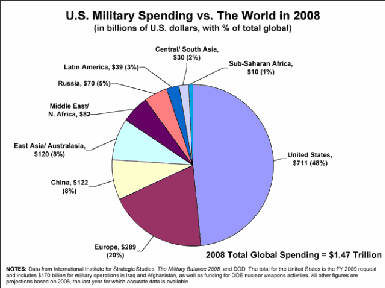When the Senate notoriously voted down both the President’s budget (unanimously) and the House-passed Ryan plan in May, it also rejected a proposal by freshman Sen. Pat Toomey (R-PA) by a tally of 42-55. With Toomey recently named to the so-called “Super Congress”, we chose to examine his proposal in this week’s episode.
This proposal represented the Tea Party-aligned right flank of the Senate Republican Conference, a group ostensibly led by Sen. Jim DeMint (R-SC), and it aimed to improve upon perceived structural flaws in the plan of ideological ally Paul Ryan. As a result, while this budget leaves Medicare and Social Security largely intact, it contains many close similarities to the Ryan budget. Most notably, its claims of debt reduction rely heavily on draconian budget cuts (without accounting for economic fallout) and tax cuts that spur very optimistic economic growth projections over the next decade. In other words, this budget reflects the supply-side fundamentalism of Toomey and his brethren. It will be interesting to see whether Toomey will push for tax cuts on the Super Committee in order to actually raise revenue.
Also notable in the Toomey budget is its repeal of the coverage increases in the Affordable Care Act while leaving the Medicare cuts, cuts candidate Toomey actively campaigned against, in place.
Without further ado, here’s episode 20: the Toomey Budget.




